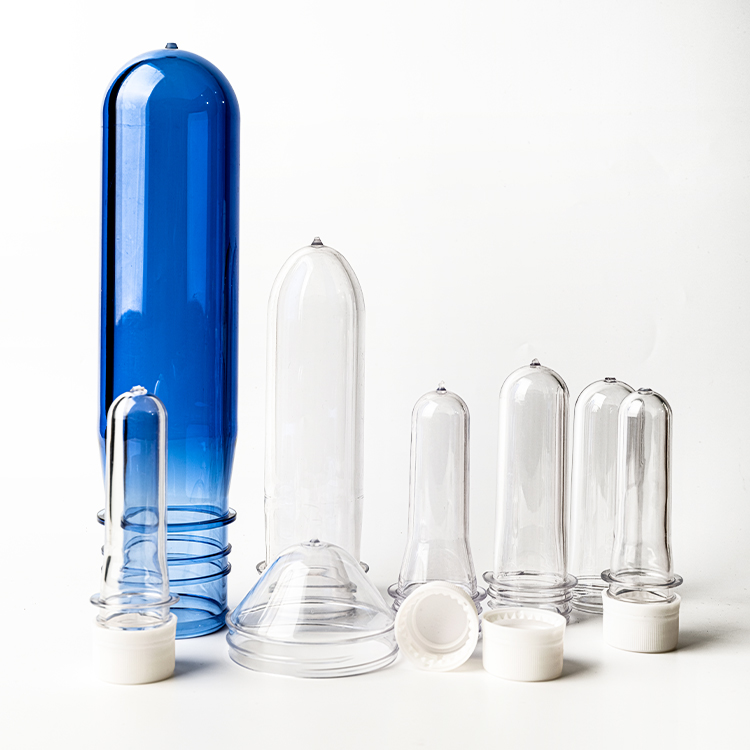Approaches to Improve Cooling Efficiency in PET Preform Molding to Reduce Cycle Times
Approaches to Improve Cooling Efficiency in PET Preform Molding to Reduce Cycle Times
When manufacturing bottles from PET resin, it's essential not only to use top-grade PET resin but also to enhance the efficiency of preform injection molding. To significantly cut down cycle times, molders can implement several strategies, with efficient cooling playing a crucial role in the preform injection molding procedure.
Ottmar Brandau's article in Plastics Technology highlights that efficient cooling is determined by ten essential elements: the duration of injection, holding, and cooling phases; the method of part removal (either by robot or free-fall); the temperature at which demolding occurs; the drying cycle time of the machine; as well as factors related to water, including its temperature and pressure, along with the composition of the coolant and how tools are set up.
Of the ten factors, the most critical ones are usually the injection time, holding time, cooling time, and ejection temperature, as they have a direct impact on both the quality of the molded part and the production process's efficiency.

1. Injection time
This pertains to the period when molten polymer is introduced into the mold, affecting both the filling speed and the part's quality. If this injection time is too short, it might cause underfilling, whereas a prolonged duration can lead to overfilling and defects related to shrinkage. Resin manufacturers suggest an injection rate of 8 to 12 grams per second for each cavity for most preforms. However, thicker preforms can be filled more quickly; for instance, a 525-gram preform with an 8.5 mm wall thickness can be filled in just 27 seconds at a rate of 19.4 grams per second per cavity.
2. Hold time
Maintaining pressure after injection is crucial for achieving consistent density and part integrity, making the holding time a vital factor. Insufficient holding time can lead to voids or uneven material distribution, whereas excessive holding time may cause overcooling and stress concentrations in the part. Proper filling of preforms during their transition from a molten state to solid density relies on this timing, which should be tailored according to the thickness of the preform and cooling rates. For thicker preforms, it is recommended to set a transition point between 6 and 8 of the total stroke.
3. Cooling time
The time needed for the molded piece to cool to the ejection temperature significantly influences the cycle time. Removing the part too soon, due to inadequate cooling, can result in warping or internal stresses. On the other hand, excessive cooling time prolongs the cycle and lowers productivity. To reach the appropriate demolding temperature, a minimum of 1.5 seconds is necessary, with up to 20 seconds required for thicker preforms.
4. Demolding Temperature
To ensure the part can be removed from the mold without warping or internal stress, setting the ejection temperature is essential. If this temperature is too high, it may result in deformation of the part; if too low, the part might adhere to the mold. An optimal ejection temperature of 45°C (113°F) helps reduce visual imperfections. The extent to which these imperfections affect the finished blown bottles is influenced by the stretch ratio; higher stretch ratios permit elevated demolding temperatures while maintaining aesthetic quality.
Although elements like the method of part removal (whether using robotics or gravity drop), the duration of the machine drying cycle, water temperature, water pressure, coolant composition, and tool configuration are also crucial, they are typically fine-tuned by modifying the key parameters mentioned earlier.